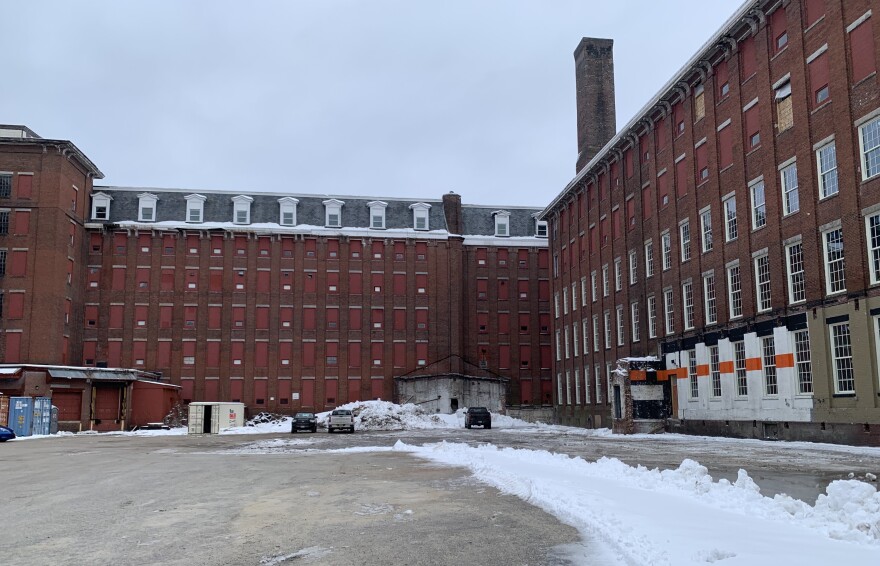Changes to Maine’s historic rehabilitation tax credit, which state lawmakers passed and funded earlier this summer, are being praised by preservation and housing activists.
Throughout Maine, the tax credits have aided builders in converting historic buildings, including ancient mills, into new residences, shops, and offices.
However, the policy only allowed developers to claim $5 million in historic tax credits annually. Over the years, some developers have been obliged to purposefully delay down projects because restoration projects are frequently permitted for considerably more.
In the first two years of a project, developers can now claim up to $10 million in state historic credits. For the first time since the program’s inception in 2008, state historic tax credit caps will be raised, according to Tara Kelly, executive director of the charity Maine Preservation.
“Housing or that other use for that historic building will come online much more quickly,” she stated.
According to a 2021 report from the Legislature’s independent government accountability office, housing has been constructed in more than 40% of the projects funded by Maine historic tax credits.
The Picker House Lofts, which were completed earlier this year inside a piece of the former Continental Mill, allowed Lewiston to add more than 72 income-restricted units. State historic tax credits were employed for the project. In addition, developers have plans for about 400 additional homes and are working to restore the remaining mill.
According to Kelly, developers that construct affordable housing in rural areas of Maine can now take advantage of more historic tax credits because to a new law that was enacted by the Legislature this year.






